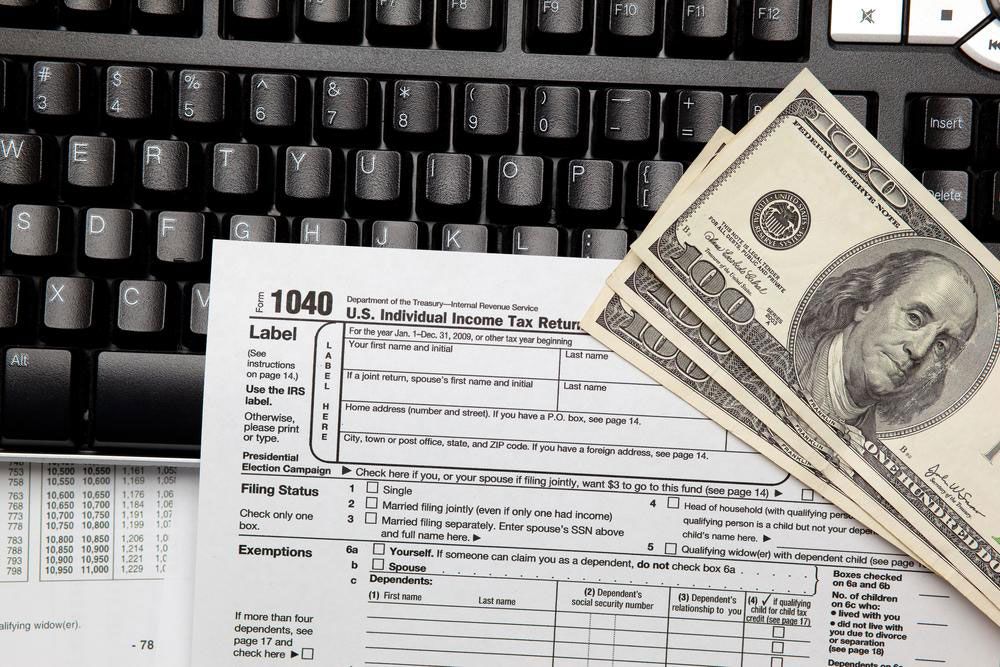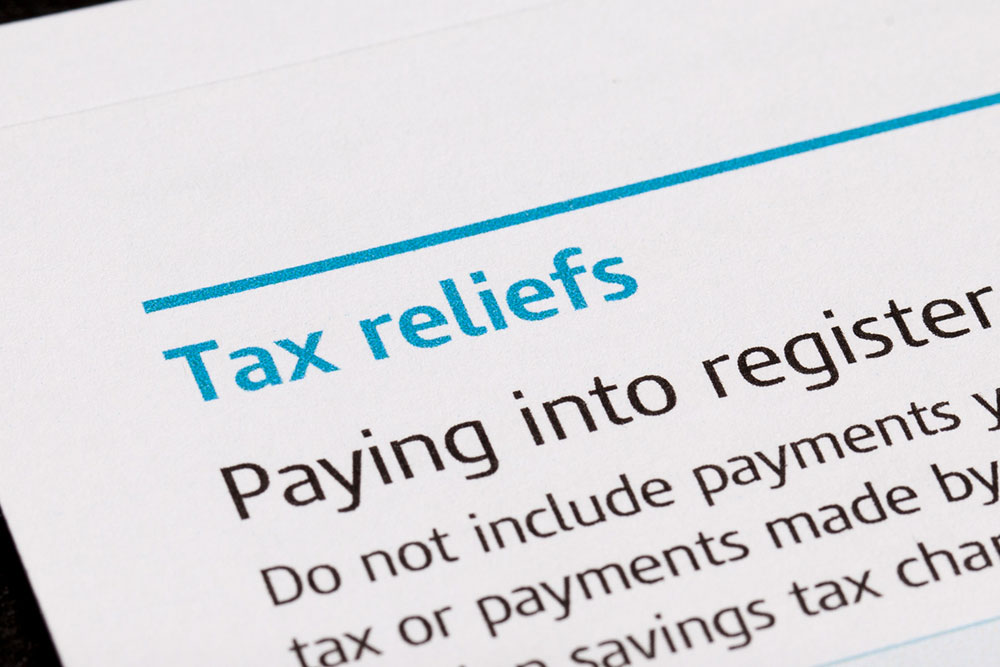Comprehensive Guide to Choosing the Perfect Tax Preparation Software in 2024
Discover how to choose the ideal tax preparation software in 2024 for a smooth, accurate, and stress-free filing experience. This comprehensive guide covers key factors like employment type, deduction maximization, software features, and support options—helping you make informed decisions that maximize refunds and reduce errors. Whether you have a simple or complex tax situation, find the best software tailored to your needs and navigate tax season with confidence and ease.

Essential Tips for Selecting the Best Tax Filing Software
Tax season can be a stressful period for many, especially with the April 15th deadline sometimes extended to April 18th this year. Navigating through the complexities of federal and state taxes involves intricate calculations, deductions, and compliance requirements that can overwhelm even seasoned filers. While employing a professional accountant guarantees expert handling, it can also be costly. Fortunately, tax preparation software offers a highly efficient, user-friendly, and budget-friendly alternative for millions seeking to file their returns accurately and confidently. This guide provides a detailed road map to help you choose the most suitable tax software tailored to your unique financial situation in 2024.
In recent years, tax software has advanced significantly, incorporating features like deduction maximization, error checking, and real-time support. The right choice can make a substantial difference in your overall tax experience — from reducing errors and avoiding audits to ensuring you receive the maximum refunds due. Moreover, good tax software educates users on the tax filing process, boosting confidence and mitigating fears associated with potential audits. Based on a comprehensive review of user feedback, industry ratings, and feature sets, we examine top-rated tax software options that offer accuracy, security, and flexibility in refund disbursement. Whether you have a straightforward return or a complex financial portfolio, there's an ideal software package suited for your needs.
When selecting tax preparation software, consider a few critical factors that align with your employment type, financial complexity, and personal preferences. This detailed overview will arm you with the knowledge needed to make an informed decision, ensuring a smooth tax season and optimal financial outcomes.
**Key Considerations for Choosing Tax Software:**
Your Employment and Income Sources: Different employment statuses—such as full-time employees, freelancers, small business owners, or self-employed professionals—come with varying tax responsibilities. The software you select should cater specifically to your income sources and related deductions, whether you're reporting gig economy earnings, rental property income, or business expenses. For example, gig workers often need tools that help track multiple income streams and deductible expenses, while small business owners require features that facilitate depreciation calculations and expense categorization.
Software Versions and Tier Levels: Major tax software providers typically offer multiple versions—free, basic, deluxe, and premium. The free versions generally support basic federal and state filings for simple returns involving W-2 income and standard deductions. As your financial situation becomes more complex—such as owning rental properties, claiming itemized deductions, or having investment income—you might need to upgrade to paid versions that unlock advanced features like detailed deduction searches, industry-specific guidance, and support for complex asset depreciation.
Maximizing Deductions and Tax Credits: Effective software should help identify all eligible deductions and credits to minimize your tax liability. For instance, standard deductions vary depending on your filing status—$12,600 for married filing jointly, $9,300 for heads of household, and $6,300 for single filers in 2024. Additional deductions such as charitable contributions, business expenses, mortgage interest, rental property deductions, and depreciation should be easily accessible through the software’s guided prompts. Choosing software with deduction maximization tools ensures you don’t miss potential savings, which can significantly increase your refund or reduce the amount owed.
**Essential Features to Look for in Tax Software:**
Accuracy Assurance: The software should guarantee precise calculations of your tax return. Many reputable programs offer an accuracy guarantee, meaning if errors lead to penalties, they provide compensation or correction support. This feature ensures peace of mind and compliance with IRS standards.
Audit Risk Alerts and Support: Tax software should proactively flag potential audit triggers—such as unreported income, foreign assets, or large deductions—and provide guidance on how to address them. Some programs offer audit support or connect users to tax professionals if needed.
Flexible Refund Disbursement Options: The ability to choose how you receive your refund is essential. Options like direct deposit, prepaid cards, paper checks, or bond investments provide convenience and speed in accessing your funds. Ensure the software supports your preferred method.
Reliable Customer Assistance: Prompt access to live chat, email, or phone support from knowledgeable representatives can save significant time and frustration during tax filing. Look for providers with good customer reviews regarding their support responsiveness and expertise.
Data Import and Mobile Compatibility: Uploading W-2s and 1099s via photo capture or file upload streamlines the process. Importing previous year’s tax data reduces redundancy and errors. Additionally, ensure the software is compatible across devices—PCs, tablets, and smartphones—so you can file from anywhere.
Educational Resources and Guidance: Comprehensive tutorials, FAQs, and step-by-step guides enhance your understanding of tax concepts, empowering you to make informed decisions. Good software offers in-built educational tools to demystify complex topics like deductions, credits, and tax laws.
Choosing the right tax software in 2024 is an investment in peace of mind, accuracy, and financial efficiency. By evaluating your needs carefully based on employment type, financial complexity, and feature preferences, you can select a program that simplifies the tax process and maximizes your refund. Remember to consider updates, reviews, and customer support quality to ensure a smooth experience during tax season. With the right tool, filing taxes becomes less intimidating and more manageable, leaving you more time to focus on what matters most—your financial well-being.





